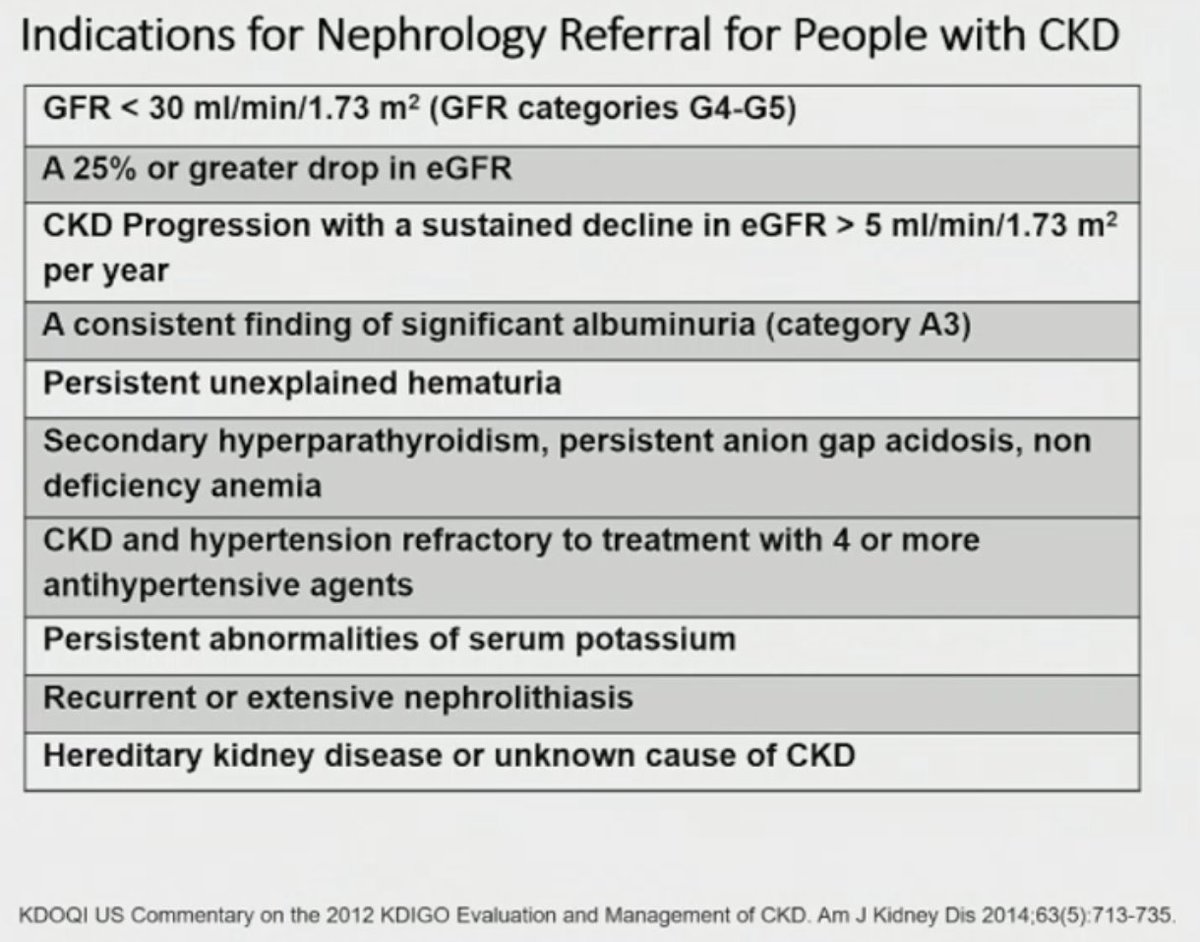Day 2/Lecture 5: For my fellow CVD Hospitalists - ACS updates in 2023!
1. Chest pain should not be described as atypical.
2. hsTNT: approved in 2017, more testing will result in more positive results (28% T1MI, 225% in T2MI)
#IM2023 @ACPIMPhysicians
1. Chest pain should not be described as atypical.
2. hsTNT: approved in 2017, more testing will result in more positive results (28% T1MI, 225% in T2MI)
#IM2023 @ACPIMPhysicians
3. In women with CP, focus on history that emphasizes accompanying symptoms more common in women with ACS.
4. ACC guidelines don’t specify when you should load with P2Y12 inhibitors. ESC guidelines clearly DO NOT rec them in patients w/ unknown coronary anatomy and….
#IM2023
4. ACC guidelines don’t specify when you should load with P2Y12 inhibitors. ESC guidelines clearly DO NOT rec them in patients w/ unknown coronary anatomy and….
#IM2023
…being considered for early revascularization strategy (high GRACE). Load ASA/statin and consult cards.
5. More stat sig bleed with prasug d/t higher degree or nonfatal MI.
6. Ticag>prasug in ACS patients based on PLATO trial results. Clopid is falling out of favor.
#IM2023
5. More stat sig bleed with prasug d/t higher degree or nonfatal MI.
6. Ticag>prasug in ACS patients based on PLATO trial results. Clopid is falling out of favor.
#IM2023
….There is IV cangrelor, so no rush to load in ED upon ACS Dx.
7. Eptifibatide and abciximab generally not used given efficacy of P2Y12 inhibitors, unless high clot burden
8. High-risk GRACE score for NSTEMI, go to lab in 24h instead of 48h
#IM2023
7. Eptifibatide and abciximab generally not used given efficacy of P2Y12 inhibitors, unless high clot burden
8. High-risk GRACE score for NSTEMI, go to lab in 24h instead of 48h
#IM2023
9. Bleeding is the most frequent in-hospital complication of ACS and is assoc w/death.
10. Radial > femoral access: lower bleeding risk, better mobility earlier
11. For AF patients undergoing PCI: 3x therapy for one week, DAPT with NOAC for 12 mo, NOAC only henceforth.
#IM2023
10. Radial > femoral access: lower bleeding risk, better mobility earlier
11. For AF patients undergoing PCI: 3x therapy for one week, DAPT with NOAC for 12 mo, NOAC only henceforth.
#IM2023
12. T1MI=plaque rupture, T2MI=demand ischemia, Tx cause
13. MINT Trial results later this year will better define guidance of anemia in #12.
14. Cardiac Rehab is important for patients post-ACS.
#IM2023
13. MINT Trial results later this year will better define guidance of anemia in #12.
14. Cardiac Rehab is important for patients post-ACS.
#IM2023
For my own personal memory:
T1MI=STEMI->cath
NSTEMI type 1=true MI ->cath
T2MI/NSTEMI type 2=demand ischemia, Tx cause underlying
NSTEMI type 3=cardiac death d/t MI
T2MI/NSTEMI type 1=MI related to CABG
T1MI=STEMI->cath
NSTEMI type 1=true MI ->cath
T2MI/NSTEMI type 2=demand ischemia, Tx cause underlying
NSTEMI type 3=cardiac death d/t MI
T2MI/NSTEMI type 1=MI related to CABG
*P2Y12 carry a higher bleeding risk, load ASA and consult cards before giving in NSTEMI dependent on risk of MVCAD.
• • •
Missing some Tweet in this thread? You can try to
force a refresh

 Read on Twitter
Read on Twitter


















